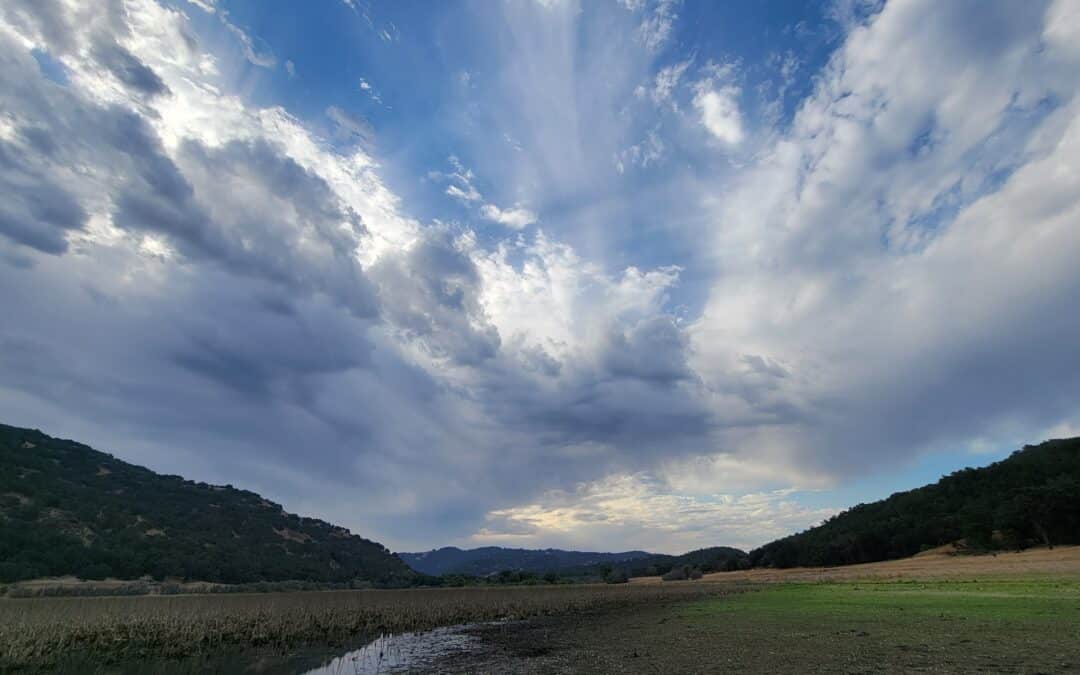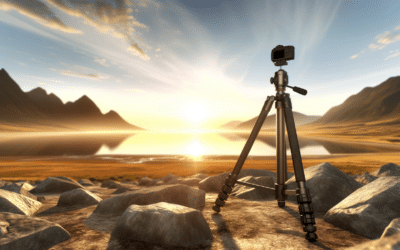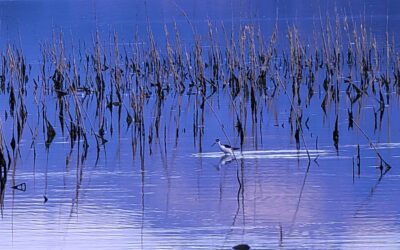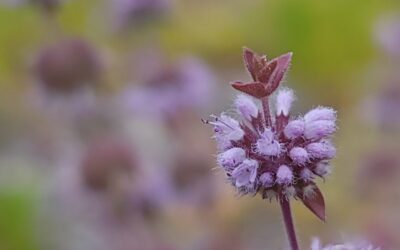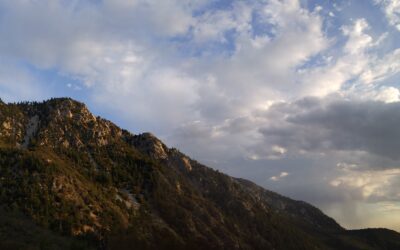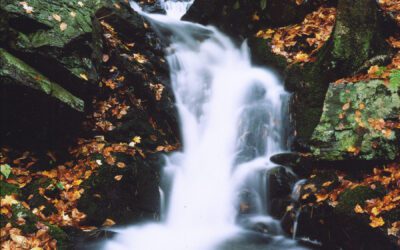If you’re just starting out in landscape photography, here are seven tips to help you get the most out of your camera and capture stunning landscapes.
1. Scout your location: Use tools like Google Maps or apps like PhotoPills to find interesting locations and determine the best time to shoot. You can also use these tools to plan your composition and find the best vantage point for your shot.
2. Pay attention to the light: Light is one of the most important factors in landscape photography. The best light for landscape photography is often found during the golden hour, which is the hour after sunrise and the hour before sunset. During this time, the light is soft and warm, creating beautiful colors and shadows. Be aware of the direction of the light, as it can create interesting patterns and textures.
3. Use a tripod: A sturdy tripod is essential for landscape photography. It allows you to take longer exposures and keeps your camera steady. This is especially important if you’re shooting in low light conditions. A tripod also allows you to fine-tune your composition without having to hold your camera steady.
4. Experiment with depth of field: Depth of field is the range of distance that appears sharp in your photo. In landscape photography, you may want everything in focus from the foreground to the background. This requires a deep depth of field, which means using a small aperture (higher f-stop number). Experiment with different apertures to find the best depth of field for your shot.
5. Use a polarizing filter: A polarizing filter is a great tool for landscape photography. It helps reduce glare and reflections, and can also enhance the colors in your photo. It’s especially useful when shooting near water or in bright sunlight.
6. Shoot in RAW: Shooting in RAW format gives you more control over your final image. RAW files contain more information and allow you to make adjustments to exposure, color, and contrast without losing quality. This is especially important in landscape photography, where the colors and tones are a crucial part of the composition.
7. Don’t forget about the foreground: The foreground is an important element in landscape photography. It can add depth and interest to your photo. Look for interesting foreground elements, such as rocks, flowers, or other natural elements. Use leading lines to draw the viewer’s eye through the image.
By using these seven tips, you can elevate your landscape photography skills and capture stunning images that showcase the beauty of nature. Remember to experiment and have fun with your photography, and you’ll be sure to capture some amazing shots.
7 Best Tripods for Landscape Photography
The Ultimate Guide to Choosing the Best Tripod for Landscape Photography For the avid landscape photographer, a tripod is an...
12 Easy Ways to Improve Your Nature Photography
Nature Photography Essentials The art of nature photography encompasses capturing the essence of plants, flowers, and animals...
5 Tips for Taking Beautiful Photos of Nature
Nature photography is a rewarding outdoor activity that captures the beauty of landscapes, wildlife, plants, and more. To take...
ON1 Photo RAW Review and Score (2024)
ON1 Photo RAW is a RAW editing software that positions itself as a transformative force in the realm of photography. Its mission...
11 Advanced Tips to Help You Capture Stunning Landscape photographs with the Sony a7 III
Wondering how to get the most out of your new Sony a7 III on your next nature photography excursion? Here are 10 great tips for...
When to use wide angle versus telephoto lenses for closeup flower photographs.
Flower photography is a popular genre that many photographers enjoy. One of the biggest debates in this field is when to use a...
The Nikon D810 blows away the Canon 5D Mark IV for nature photographers.
Nature photography is a genre that requires a photographer to have a keen eye for detail, a love for the natural world, and...
How to do time lapse photography using a Nikon D810a
Time-lapse photography is a technique that allows you to capture a long duration of time in a compressed format, resulting in a...
The top 5 cameras for beginning nature photographers.
Nature photography is a highly rewarding and fulfilling hobby, and having the right camera is essential for capturing stunning...
The Alpha 7 IV is a great camera for landscape photographers.
Landscape photography is a genre that demands high-quality equipment to capture the beauty of nature. Sony Alpha 7 IV is a...
Is the Nikon D850 still a Professional camera?
The Nikon D850 is a professional-grade digital camera that was released in 2017. It quickly gained popularity among...
How to use long exposures to enhance landscape photography.
Landscape photography can be a captivating and rewarding pursuit, and one technique that can add depth and interest to your...
